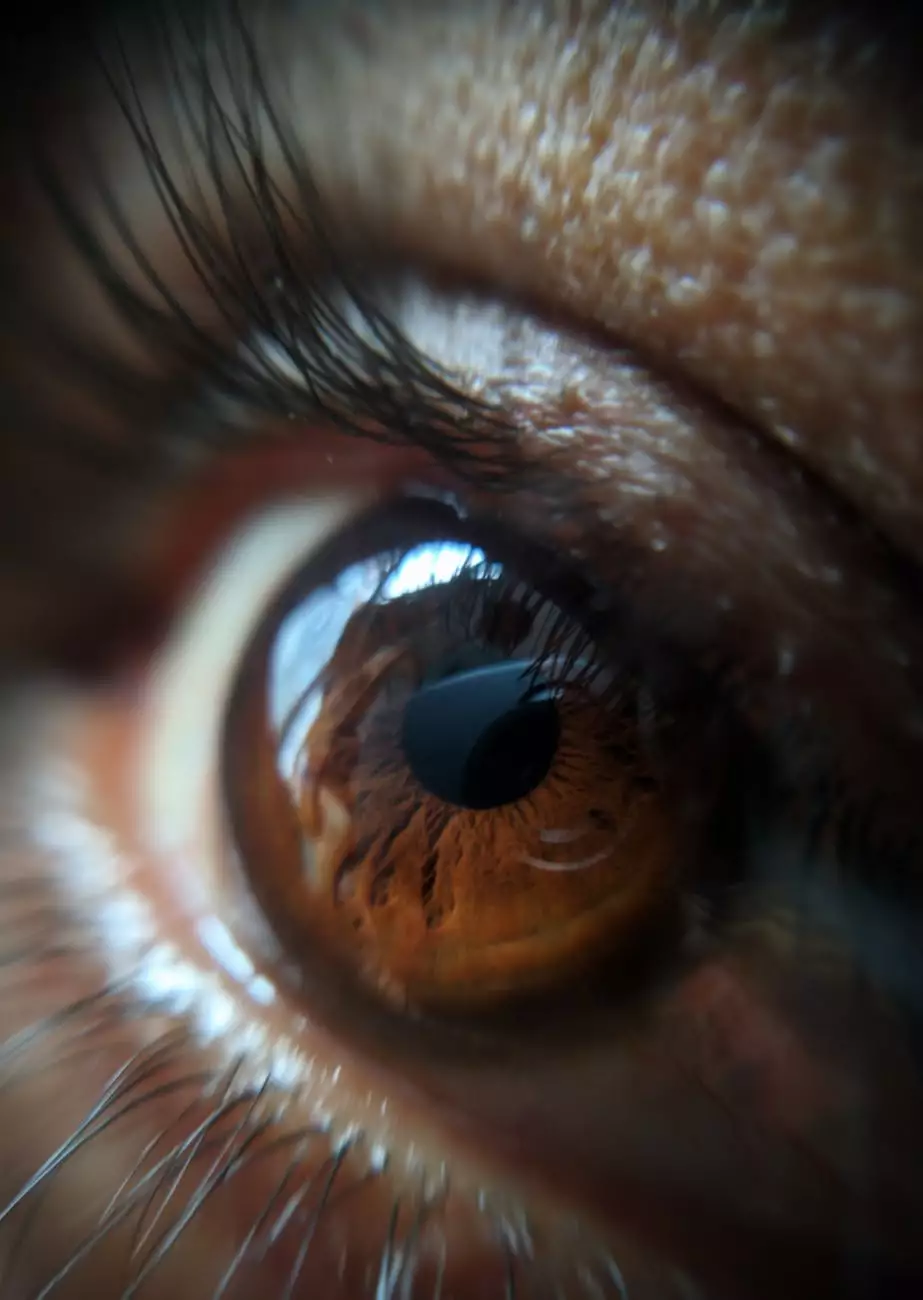How The Eye Works
Blog
Introduction
Welcome to Baron Rick W Dr, the leading provider of comprehensive eye care services in the Health category. In this article, we will delve into the fascinating world of the human eye and explore its intricate mechanisms. Understanding how the eye works is essential for maintaining good eye health and optimizing vision. Let's dive into the details!
Eye Anatomy
The eye is a complex organ that enables us to perceive the world around us. It consists of various interconnected components that work together seamlessly to capture and process visual information. The main anatomical structures of the eye include:
- Cornea: The transparent front part of the eye that helps focus incoming light onto the retina.
- Iris: The colored part of the eye that controls the amount of light entering through the pupil.
- Pupil: The adjustable opening in the center of the iris that regulates the amount of light reaching the lens.
- Lens: A flexible, transparent structure that further focuses the incoming light onto the retina.
- Retina: The light-sensitive inner lining at the back of the eye, containing photoreceptor cells called rods and cones.
- Optic Nerve: The bundle of nerve fibers that transmits visual information from the retina to the brain for processing.
The Visual Process
Now that we have a basic understanding of the eye's anatomy, let's uncover the visual process that occurs when light enters the eye:
- Light Entry: Light rays enter the eye through the cornea, which refracts or bends the light to help focus it.
- Pupil Adjustment: The iris dilates or constricts the pupil to regulate the amount of light entering the eye and protect the retina.
- Lens Accommodation: The lens changes shape to further focus the incoming light and project a clear image onto the retina.
- Retinal Processing: The light-sensitive cells in the retina, rods and cones, convert the incoming light into electrical signals.
- Signal Transmission: The electrical signals generated by the photoreceptor cells travel through the optic nerve to the brain.
- Brain Interpretation: The brain receives the electrical signals and processes them into meaningful visual information, enabling us to perceive our surroundings.
Eye Health and Care
Maintaining optimal eye health is crucial for preserving clear vision and preventing vision-related issues. Here are some tips to help you take care of your eyes:
- Regular Eye Exams: Schedule comprehensive eye exams with Baron Rick W Dr to detect any potential eye conditions early on.
- Protective Eyewear: Wear sunglasses with UV protection to shield your eyes from harmful sun rays and use protective eyewear when engaging in certain activities.
- Healthy Diet: Consume a balanced diet rich in vitamins and minerals, especially those beneficial for eye health, such as vitamin A, vitamin C, and omega-3 fatty acids.
- Proper Hydration: Stay hydrated to maintain adequate tear production, which helps keep your eyes moisturized and reduces the risk of dry eyes.
- Eye Safety: Be mindful of potential eye hazards in your environment, and take appropriate precautions to protect your eyes from injuries.
- Ergonomics: Ensure proper workspace ergonomics to minimize eye strain, such as positioning your computer monitor at eye level and taking regular breaks from screen time.
- Avoid Smoking: Smoking can increase the risk of various eye diseases, including cataracts and macular degeneration. Quitting smoking is highly beneficial for overall eye health.
Conclusion
Understanding how the eye works is fundamental for maintaining good eye health and optimizing visual acuity. Baron Rick W Dr is committed to providing comprehensive eye care services to ensure the well-being of your eyes. By following proper eye care practices and seeking regular professional care, you can enjoy clear, vibrant vision for years to come. Take care of your eyes, and they will continue to serve you well!










